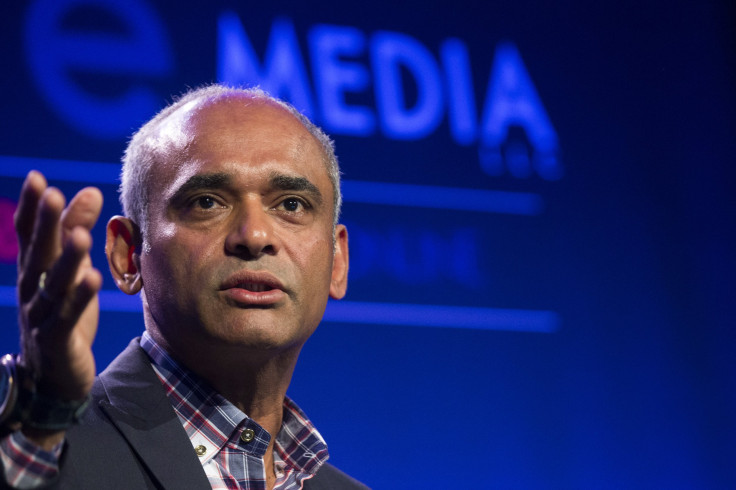Aereo Low Subscriber Numbers In 2013 Fail To Impress, Rivals Had Far More Customers

The numbers for Aereo’s subscribers are in, and they’re pretty paltry.
Documents filed by Aereo with the U.S. Copyright Office reveal that the Aereo had fewer than 80,000 subscribers in 2013.
The subscription service, enabled users to watch over-the-air television, was forced to shut down after losing a Supreme Court case in June. According to Recode, the service had a mere 77,596 subscribers in 10 cities last year. Since that legal defeat the New York City company has indefinitely suspended operations.
The New York metropolitan area had 27,000 of those subscribers, while cities such as Boston and Atlanta carried significantly smaller shares, ranging from 10,000 to 12,000 subscribers each.
Juxtaposed against video streaming giants such as Netflix Inc. (NASDAQ:NFLX), Aereo’s numbers paint a bleak image. Aereo’s 77,596 subscribers in 2013 pale significantly in comparison to the 50 million subscribers acquired by Netflix in 40 countries around the world.
Competing streaming service Hulu also boast an estimated 6 million subscribers for its Hulu Plus program.
With monthly Aereo subscriptions ranging from $8 to $12, it doesn’t take many calculations to give a rough estimate of how much the service received per month from its subscribers.
To revive the once promising streaming service, Aereo attempted to be classified as cable system, but its bid for a compulsory copyright license was denied by the U.S. Copyright Office, according to the Wall Street Journal. While the U.S. Copyright Office denied Aereo’s bid, it did accept Aereo’s royalty fee payments provisionally.
Although the Copyright Office denied Aereo’s bid, the streaming provider’s fate isn’t sealed until the 2nd U.S. Circuit Court of Appeals rules on whether or not it could be considered a cable system.
© Copyright IBTimes 2024. All rights reserved.





















